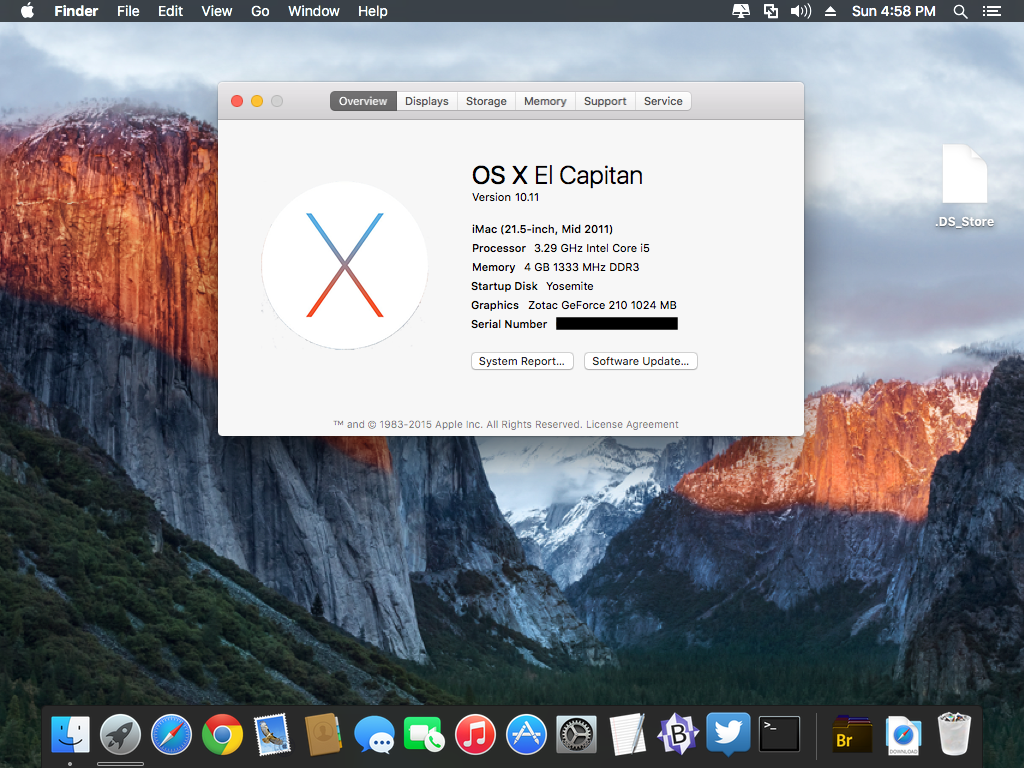Trends and Popularity of Web Application Development Services
The average user hardly thinks of the technologies used in developing websites and several online services that they access and use. These are basically applications residing on remote servers that are accessed by users from their PCs through the web. They are much more than regular web pages! These programs can be run inside various web browsers without any hassle.
Growing popularity and usage of Web Application Development services
With time, a lot of companies are opting for web application services. When developed as per specs to meet a specific set of business objectives, it can be quite beneficial for both the companies and end users. Some of the advantages offered by web app development include:
- A single web application will work well on various OSes and platforms seamlessly
- Reaching out to millions of users and businesses becomes simpler and effective
- No need for updates, installation or downloads, it means less hassles for the users
- Accessible from anywhere, anytime, even without PC
Uses of web application development services
Web application services are predominantly used for:
- Social networking sites
- Online banking
- e-Commerce sites
- Online polls
- Chat services
- Webmail
Trends in Web Application Development services
Like each aspect of technology and computing, the trends in web app development keep changing over time. App development is offering more rich feature and thereby offering end users more possibilities.
- Native video resource- It is no longer mandatory to render video in a web application using a third party service like Vimeo or YouTube. Using HTML5 video technologies in web app development, it is now possible to provide the video natively and control its playback. More and more companies are opting for the newer method of video content distribution over the older.
- Fewer plug-ins- Compatibility is a key issue when you target web users to promote any service. This is also true of any web app development service. Depending on third party plug-ins hinder prospects and reach of such services to the end users. Not all browsers can handle flash content natively, to begin with. Then you have to reach out to users who use mobile device specific browsers. Deployment of WebRTC technologies is gaining ground. Brands want to give users more ways to avail real time communication for using their services online.
- Design changes- Responsive design in website development is not new anymore. Even the same has become true of web app development trend. With more people accessing web services and apps through mobile devices, developers are facing the task to make apps with ‘one thing fits all’ motto. They have to keep the UI interesting yet user friendly. Emergence of newer mobile devices like smart watch and smart appliances can lead to further design changes in this sector.
- Simplicity and ease of use- With users of varying acumen accessing web development services, the developers are focusing more on ease of use and simplicity. There are those college going tech savvy users accessing the services as well as grandparents who are strangers to touch screens! Functionality is now more important than sheer aesthetic appeal and sleekness in web app development services.
Let us know if you notice any other trend worth knowing about in the field of web app development.












